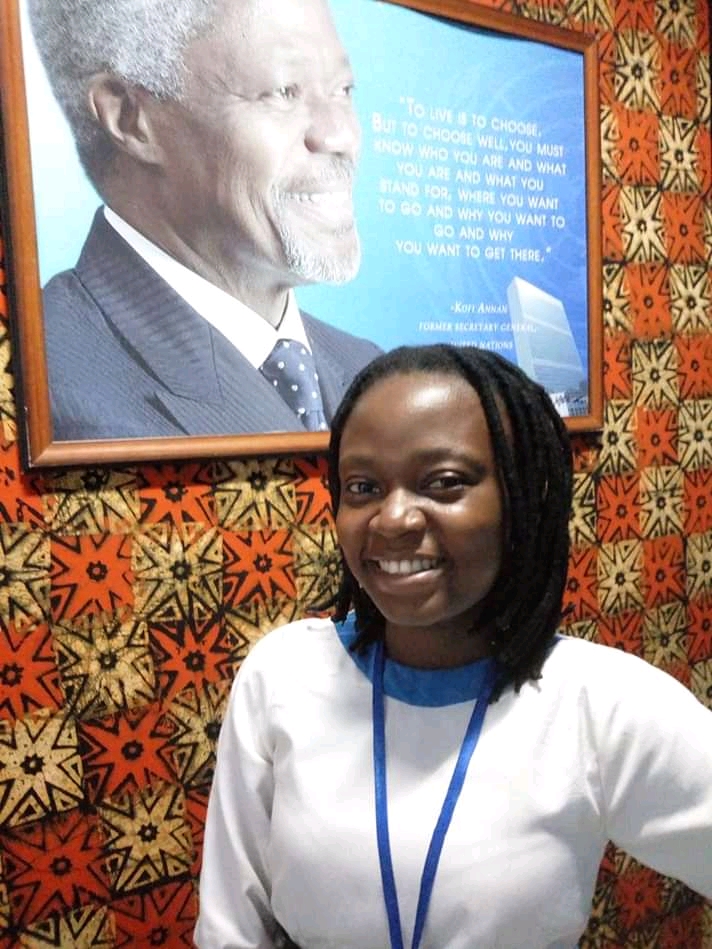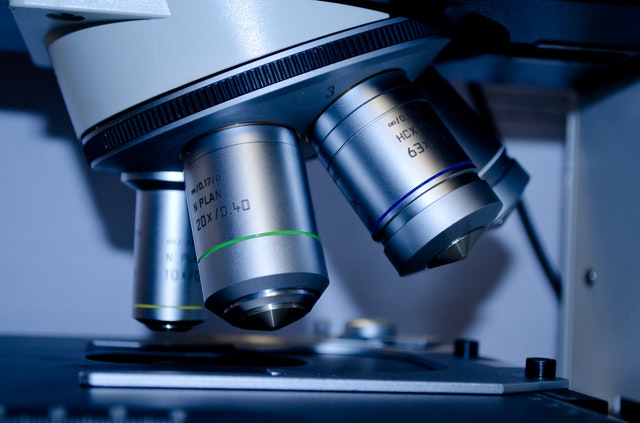

Breast cancer is the most common cancer diagnosed in women after skin cancer in the United States. Chemopreventive measures such as chemotherapeutic drugs against this cancer have consequent adverse side effects but some dietary phytonutrients have been identified to play better prominent roles against this type of cancer. The aim of this work is to investigate the inhibitory roles of dietary phytonutrients against some target protein receptors of breast cancer and compare their binding energies to that of the standard breast cancer chemotherapeutic drug, Tamoxifen.
Computational methods such as density functional theory and molecular docking studies were employed. The structure of sphingomyelin molecules with fatty acid from myristoleic (C14:1) and erucic (C22:1) were built using Spartan ’14 followed by energy minimization and geometry optimization. The optimized molecules were then converted to pdb files and docked against two prominent drug targets (receptor namely cyclooxygenase-2 and human placenta aromatase) and the binding energy sites were compared to those of known breast cancer drugs.
The binding energies (∆G) of sphingomyelin (being the weakest inhibitor) ranged from -3.9 to -6.6 kcal/mol and -4.0 to -7.7 kcal/mol, when docked against cyclooxygenase-2 and human placenta aromatase with inhibition constants of 2.28 to 990.54 and 8.80 to 1388.09 while the binding energies of flavonoids and isoflavonoids (being the strongest inhibitors) ranged from -6.4 to -10.0kcal/mol and -7.0 to -8.7kcal/mol when docked against cyclooxygenase-2 and human placenta aromatase with inhibition constants of 0.05 to 20.45 and 0.42 to 7.43. Therefore isoflavonoids and flavonoids having the lowest inhibition constants, are the strongest inhibitors of cyclooxygenase-2 and human placenta aromatase in breast cancer.
Link To Article: https://youth-journal.org/anti-breast-cancer-activities-of-dietary-phytonutrients















